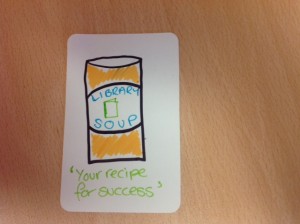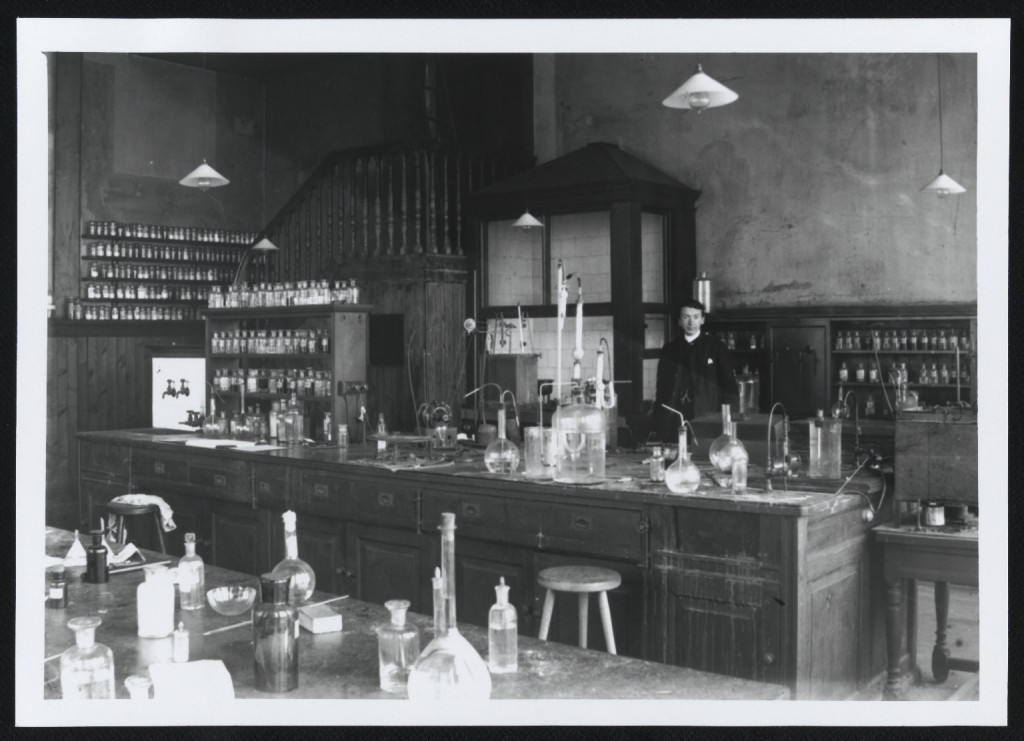Improving Access to Image Collections
On 16th and 17th March the University of Edinburgh and National Library of Scotland will be hosting two International Image Interoperability Framework events.
IIIF Showcase
The IIIF Showcase brings together developers and early adopters to explain the background and value of IIIF, its growing community, and the potential of the Framework and the innovative ways in which it can be used to present digital image collections. There will be presentations from Edinburgh University Library, National Library of Scotland, National Library of Wales, Durham University, University College Dublin, The Bodleian Library, Digirati, Cogapp and others.
Logistics
- Registration: Registration is free but capacity is limited.
- Date: Friday, March 17, 2017
- Location: National Library of Scotland (NLS) Boardroom on George IV Bridge (see map)
- Audience: Individuals and institutional representatives interested in learning more about IIIF
- Code of Conduct: The IIIF Code of Conduct applies to all IIIF events and related activities.
- Social Media: Tweets about the event should use #iiif and @iiif_io.
IIIF Technical Workshop
The IIIF Technical Workshop unconference, hosted by the University of Edinburgh at Argyle House, will bring together colleagues who have implemented IIIF services, are developing the Framework and associated tools, and working on community initiatives. The workshop will provide opportunities to discuss implementations, issues, initiatives and developments and the forthcoming Annual IIIF conference in June.
Logistics
- Registration: Registration is free but capacity is limited.
- Date: Thursday, March 16, 2017
- Location: University of Edinburgh Argyle House (see map)
- Audience: Developers already working with IIIF or considering an implementation
- Code of Conduct: The IIIF Code of Conduct applies to all IIIF events and related activities.
- Social Media: Tweets about the event should use #iiif and @iiif_io.














